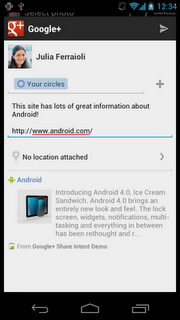The software update theme continues this week as we address some recent software upgrades to the G3X system. Last month, version 6.40 was released, which includes many new features and capabilities including support for GTS 8xx traffic systems, the option to display the G-meter on PFD, the option to display track-up orientation on the PFD HSI, added support for GNS 480 MapMX data and more. Get this update free from the Garmin website!
Here’s a closer look at what you’ll get with the new G3X software:
The G3X can now interface with the GTS 8XX traffic systems, allowing the G3X to display traffic information for transponder-equipped aircraft in your vicinity. To assist with traffic advisories, aural traffic alerts are possible as well.
Another new feature is MapMX, which is now available when using the GNS 480 as your external GPS navigator. This feature allows the G3X to display a more accurate flight path on the moving map page, including procedure turns and holds.
You can also now display the HSI instrument on the PFD in a track-up orientation. Put simply, this feature automatically rotates the HSI to put the aircraft’s ground track at the top, which lets you fly with the course pointer at the top of the instrument regardless of crosswinds. In this screenshot, you can see that a 26-knot direct crosswind is trying to push us off course, but the HSI has rotated to show the ground track at the top; magnetic heading is still available on the heading tape at the top of the display. This handy feature can help reduce the pilot’s workload by taking the guesswork out of wind correction angles, which makes following the desired course a “breeze”.
For those who are looking to be a little more adventurous, we’ve added a large, easy-to-read G-meter to the PFD. The range of G values displayed on the gauge can be configured to match your aircraft, and there are indicators to show the maximum positive and negative G’s recorded since last being reset by the pilot.

